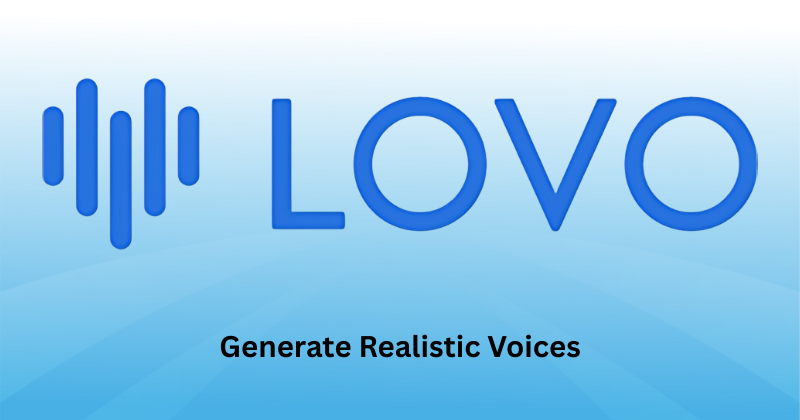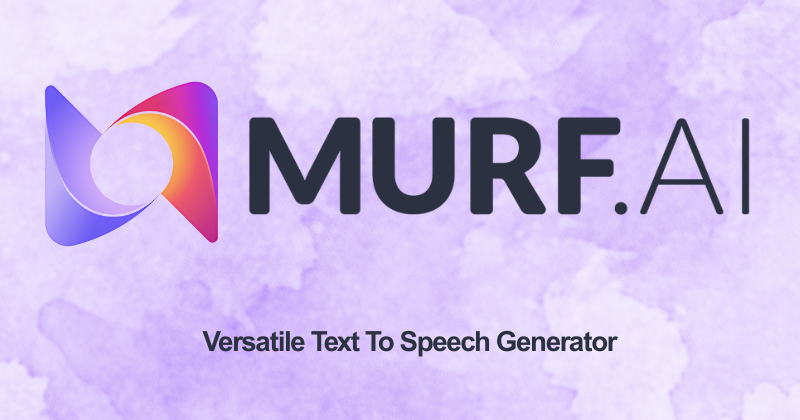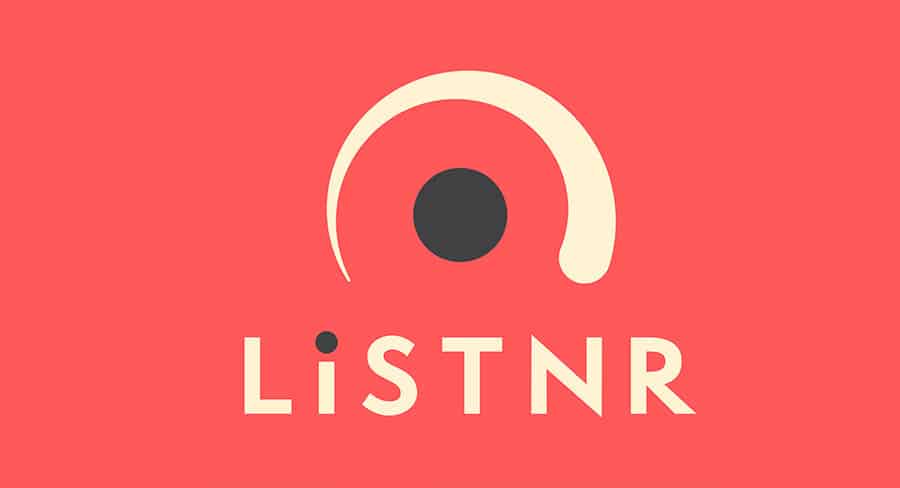Artificial intelligence has redefined how people create and experience sound in 2025. AI voice generators are now used across digital industries to produce natural, expressive voices for videos, podcasts, audiobooks, and interactive media. Their precision in mimicking human emotion, tone, and pacing has made them a core part of digital content production. Each new platform pushes the boundary of how real synthetic voices can sound, creating a shift from robotic speech to fluent, humanlike expression.
Modern voice generation tools rely on deep learning and advanced language models that understand context, accent, and emotion. They can adjust speech patterns to match any tone, whether conversational, professional, or dramatic. Businesses use them for branding and advertisements, while creators depend on them for narration and accessibility features. These innovations have made audio production faster, smoother, and more cost-effective without sacrificing quality.
In 2025, the leading AI voice generators integrate customization, multilingual options, and emotional accuracy. Their performance makes them ideal for virtual assistants, e-learning platforms, and creative storytelling. As the technology continues to evolve, AI-generated voices are blending seamlessly into everyday digital communication, shaping the future of how stories, messages, and ideas are shared online.
The Top Ten Best AI Voice Generators In 2025
10. TTSMaker

TTSMaker stands out for transforming text into audio without steep learning curves or setup overhead. Over three hundred voice options lie available, many usable at no cost. Creators often turn to it when producing social media narration, internal demos, or quick prototypes where speed matters. Its neural text to speech core handles moderate scripts with clarity and consistency, and audio outputs in MP3 or WAV format slot cleanly into editors.
That said, when a script demands emotional nuance or dramatic character shifts, TTSMaker’s output sometimes sounds flatter than real human speech. Breath cues, tone variation, and expressive pauses are minimal under free and lower tier plans. Voice cloning is functional but not deeply fine tuneable. For teams testing voice ideas or sketching voice over drafts, TTSMaker offers a dependable foundation before upgrading to more expressive tools.
9. Play.ht

Play.ht transforms written content into spoken words with smooth pacing and accent options, supporting many languages and regional dialects. It gives control over emphasis, pause timing, and pitch so narration feels less mechanical. Podcast creators use it to produce clear, consistent audio for episodes and promos. Through its API, blog posts can auto convert into voice assets that readers can listen to.
On premium plans, voice tones gain richer texture and softer inflection edges. Play.ht does not focus heavily on deeply expressive voice cloning, but its balance of reliability and flexibility makes it ideal for e learning, explainer video narration, and accessible content playback. For creators needing scalable, multilingual voice generation under steady performance constraints, Play.ht remains a top choice.
8. Descript Overdub
Descript Overdub merges editing and synthetic voice to let creators correct recorded narration simply by editing text. Replace a flawed phrase in the transcript and Overdub fills it in as speech that matches tone and pacing. That capability saves re recording and accelerates post production. It performs best for conversational scripts, educational segments, and corporate narration.
The voice cloning it offers is solid for steady narration but not built for high drama or theatrical character shifts. Breath and pause transitions work cleanly for moderate content. Editors who juggle multitrack voice, video edits, and script corrections benefit most from this tool inside a timeline editor. For precise voice acting or expressive scenes, human voice talent still complements Overdub’s synthetic fills.
7. Resemble AI
Resemble AI specializes in crafting custom voices from modest audio samples and converting speech in real time to a cloned voice. Game developers, localization teams, and branded media studios use it to maintain a consistent voice across languages and formats. Its speech-to-speech mapping preserves cadence and tone. Clean training audio boosts realism, especially when matching emotional arcs. Users tweak pronunciation or inflection manually when complexity arises.
The platform includes watermarking and detection features to prevent misuse and assure authenticity. Because it scales via API, automated apps can generate voice responses or character audio on the fly. In narrative or commercial voice over pipelines needing brand voice continuity, Resemble AI delivers well. Ultra theatrical or improvised voice work still benefits from human direction to exceed what cloning alone can render.
6. Lovo AI

Lovo AI emphasizes voice characters—distinct speaking personalities that bring tone, rhythm, and persona into narration. Content teams crafting ads, narrated guides, or explainer videos often assign a voice character to maintain consistency across messages. Pause placement, syllable emphasis, and emotion controls give flexibility, while multilingual support aids localization efforts. Its lower cost tiers let creators test voices before scaling.
However, deep emotional transitions or dramatic monologues sometimes expose limitations in expressivity. Voice cloning is available but depends heavily on clean samples and quality source recordings. For recurring brand voice needs, marketing voices, and consistent narration across campaigns, Lovo AI offers dependable consistency and personality without heavy human effort.
5. Murf AI

Murf AI blends polished narration with voice translation, dubbing, and lip sync tools to support video workflows. Narrators adjust warmth or brightness so voice matches topic tone. Multilingual dubbing allows the same script to land in different languages while preserving pacing. Presentation designers, training departments, and video creators embed voice assets directly into slides or video editors. Quality voices sound broadcast ready and handle dense text without excessive strain.
Over long narration runs, some emotional variation may require manual layering to avoid monotony. Premium voices unlock breathing cues and smoother transitions. License cost for large volumes can rise steeply. For balanced projects, corporate narration, e learning, training videos, Murf AI provides a workflow that sits between full voice studios and DIY solutions.
4. WellSaid Labs

WellSaid Labs crafts speech that captures subtle audio dynamics: breathing spacing, phrase pacing, and soft emphasis shifts. Narrators producing tutorial videos, software demos, or explainer content benefit from these touches, which make voice overs easier on the ear. Voice training input influences texture—diverse voice samples yield more nuanced output. When working across long scripts, WellSaid handles transitions well to avoid abrupt tonal jumps between segments.
Cloning is supported, especially when original recordings include emotional variation. Enterprise versions include secure voice asset storage and brand voice governance. While it does not aim to emulate extreme theatrical character voices, it excels at comfortable, human quality narration. For content demanding clarity, consistency, and natural sounding voice, WellSaid Labs is a strong pick.
3. Listnr

Listnr converts articles, blog posts, and guides into spoken audio using natural voice styles and pronunciation correction tools. Writers use it to scale content reach by offering audio versions of their text. Voice libraries span many styles—authoritative, conversational, narrative—and support many languages. Creators can upload custom voices or clone basic versions to maintain continuity in series. Because Listnr also handles hosting, users eliminate the need for separate audio servers.
This all in one flow helps small publishers, solo creators, and niche media channels deploy voice content fast. Some intense emotional passages may lose subtle spontaneity, and dramatic character work may require additional voice talent. But for standard narration, news recaps, or evergreen content, Listnr speeds workflow and delivers usable, human leaning voice output.
2. Typecast

Typecast offers dynamic control of prosody and emotional tone, letting creators shape narration from calm explanation to dramatic intensity. Animators, marketers, storytellers and studios use it when voice acting needs variation without hiring actors. Emotional contour settings let a sequence warm up, intensify, or soften across segments. Some plans pair voice output with animated avatars, matching voice to speaking character visual.
Tone matching ensures consistency across campaign files. For high tension scenes or deep theatrical arcs, limitations in tonal depth may show, but for narrative driven videos, campaign narration, or character scripts Typecast bridges the gap between simple voice over and full studio recording with expressive synthetic voice control.
1. ElevenLabs

ElevenLabs pushes synthetic voice quality very close to human parity by capturing cadence, breathing detail, and emotional shading. Authors use it for long form narration and audiobook projects in multiple languages without losing voice identity. Voice cloning works from modest samples, replicating accent, timing, and speech intention. Dubbing tools translate content and re voice it while retaining speaker personality. Studio toolsets smooth transitions across chapters, avoiding tonal jumps between segments.
An API supports automated voice pipelines for serialized media, podcasts, or dynamic content. Attaining the highest realism demands clean source recordings and fine tuning, and licensing or permission for cloned voice use must be respected. For content creators, brands, and storytellers wanting synthetic narration indistinguishable to listeners, ElevenLabs delivers a premium, expressive, natural sounding voice solution.

